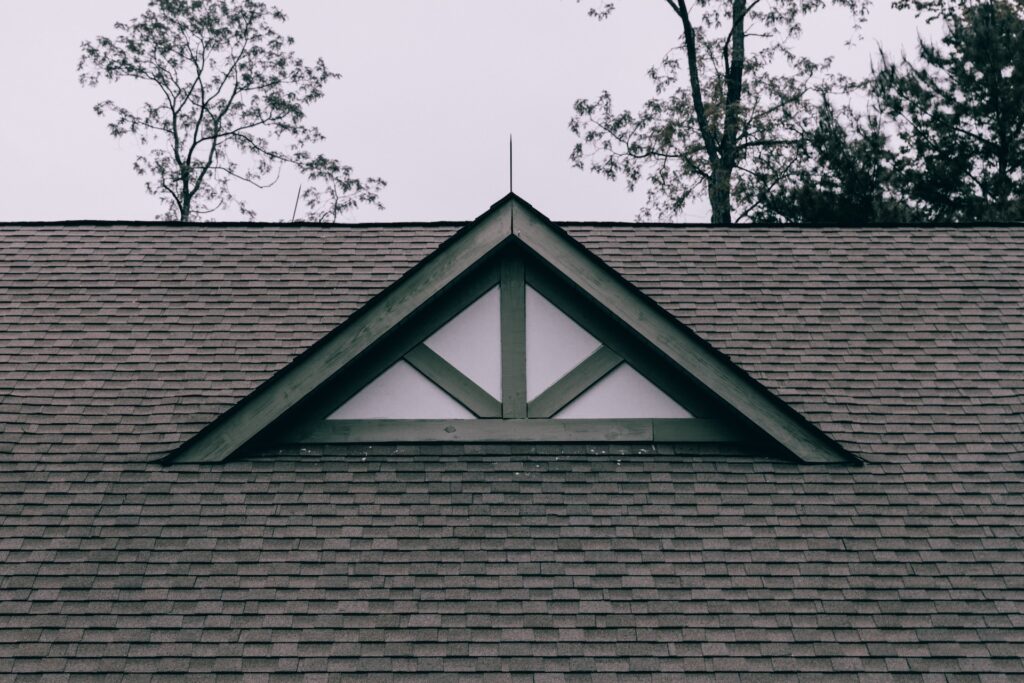The roof of your home is the first line of protection against the elements, protecting you and your family from rain, snow, wind, and other factors. Over time, however, even the most resilient roofs can succumb to wear and tear. This is particularly relevant for residents in Pittsburgh, a city noted for its diverse climate.
From frigid winters to steamy summers, Pittsburgh faces a variety of weather conditions that can really test rooftops. Freezing weather and heavy snowfall are known to produce ice dams resulting in moisture penetration, while hot and humid summers can cause shingles to blister and degrade.
Find the Right Help
Finding the correct expertise when it comes to upgrading your home’s roof is critical, especially in a city like Pittsburgh, known for its unique roofing issues. With an average annual precipitation of 38 inches, as reported by the National Climate Assessment, Pittsburgh residents face difficulties in maintaining durable roofs against the city’s varying weather patterns.
In such circumstances, enlisting the expertise of a reputable roofer like EAS Roofing company can make all the difference. Their experienced professionals understand the specific demands of Pittsburgh’s climate and can provide tailored solutions to ensure a reliable and long-lasting roof that can withstand the city’s harsh conditions.
Given the unpredictable nature of weather conditions in the city, it becomes crucial to recognize the signs that indicate your home’s roof is due for replacement. Here are six unmistakable indicators that it’s time to consider replacing your roof.
Age of Your Roof
The age of your roof is a primary determinant of its condition. It’s important to know the expected lifespan of your roofing material in order to anticipate when you might need to start planning for a replacement. Asphalt shingle roofs, for instance, typically last 20 to 25 years. However, roofs made from more durable materials such as metal, tile, or slate can have life spans extending to 50 years or more.
While these are standard duration, the actual lifespan of a roof can be influenced by several additional factors. Some of the factors are:
- The quality of the original installation
- Frequency and quality of maintenance
- The local climate and weather conditions
Therefore, if your roof is nearing or has surpassed its golden years, it might be time to give it a dignified retirement and replace it.
Damaged or Missing Shingles
Shingles serve as the protective layer of your roof, guarding your home against harsh weather conditions and other external elements. With time and constant exposure, shingles may begin to deteriorate, which can lead to them curling, cracking, or even falling off entirely. When shingles are damaged or missing, your home becomes vulnerable to leaks and subsequent water damage.
When a handful of shingles are damaged, it is usually possible to replace them individually. However, if there’s extensive damage across the roof, it could indicate a deeper, more systemic issue, suggesting that a complete roof replacement may be necessary.

Shingle Granules in the Gutters
Shingle granules are a crucial component of asphalt shingles. These tiny, sand-like particles provide several important functions—they protect the asphalt coating from the sun’s harmful UV rays, provide a layer of fire resistance, and give the shingles their color.
Over time, a few granules here and there are no cause for concern. However, if you’re consistently finding a significant number of granules in your gutters or downspouts, it’s a clear sign your shingles are nearing the end of their life.
The loss of granules exposes the underlying asphalt to the weather, which can speed up the rate of shingle decay and potentially lead to roof leaks.
Sagging Roof
A sagging roof is not merely an aesthetic issue—it’s indicative of a structural problem that necessitates immediate attention. A sagging roof can be caused due several reasons, such as weakened or compromised roof supports and overloading of heavy materials.
Not only does a sagging roof affect the appearance of your home, but it also poses a potential safety hazard. The additional weight exerted by a sagging roof can put undue stress on the overall structure, and in severe cases, it may even lead to a complete roof collapse.
Sunlight Coming Through the Roof Boards
If you notice daylight seeping into your attic through the roof boards, it’s a surefire sign that your roof could be compromised. These spaces not only let in light, but they also allow external elements like water, cold air, and even pests into your home. Over time, these intrusions can lead to other serious problems, such as water damage, decreased insulation efficiency, and an increase in your energy bills.
Depending on the extent of the problem, a professional roofing contractor may suggest patching the roof, but in many cases, the most cost-effective solution in the long term is a full roof replacement.
Presence of Moss or Algae
While a bit of moss or algae on your roof doesn’t necessarily spell disaster, it’s not something to ignore. Moss, in particular, can be damaging over time. It holds moisture against the surface of the roof, which can cause the underlying materials to degrade more quickly. Plus, in the winter, this moisture can freeze and cause further damage through a process known as frost heaving.
On the other hand, algae growth may not be as damaging as moss, but it can leave unsightly black streaks on your roof, diminishing curb appeal.
Both moss and algae growth may be indicative of excessive moisture or poor drainage. Although there are cleaning solutions and prevention methods available, persistent or widespread growth despite regular maintenance may suggest that the roofing material is no longer in good condition and needs to be replaced.
Conclusion
Remember, roofs don’t last forever. While replacing a roof can be a substantial investment, neglecting necessary replacements can lead to more severe and expensive problems down the line. If you notice several of these signs with your roof, it’s wise to contact a roofing professional for a thorough inspection and consultation.






